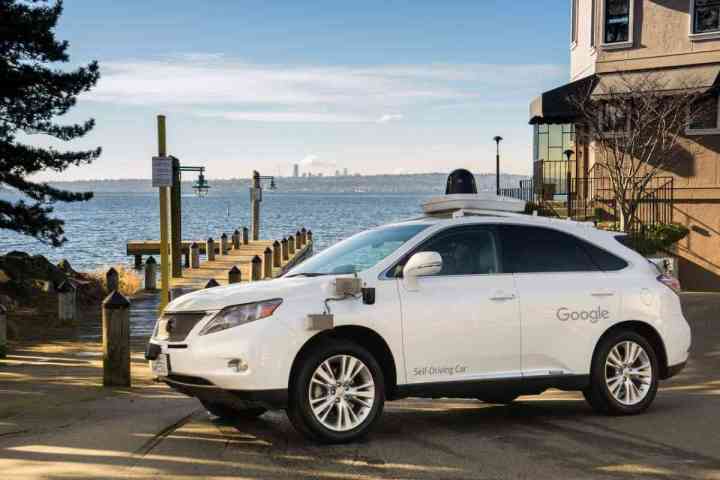
“Arizona is known as a place where research and development is welcome, innovation can thrive, and companies can set up roots,” said Jennifer Haroon, head of business operations for the Google Self-Driving Car project. “The Phoenix area has distinct desert conditions, which will help us better understand how our sensors and cars handle extreme temperatures and dust in the air.”
Indeed, finding areas that are not only conducive to helpful tests, but also allow for self-driving cars to roam free has been something of a challenge. While numerous car manufacturers and tech companies are looking for ways to replace human drivers with no drivers at all, there are a number of rules and regulations in place across the country that have made the testing process rather difficult.
Thus far, Google has logged 1.5 million miles of autonomous driving, most of which has happened in California. But now, like any good student driver, these cars are looking for different kinds of environments, including the wet roads of Kirkland, Washington, and the much drier highways of Phoenix.
Currently, the Google team says that four Lexus RX450h SUVs are making their way around Phoenix, with hopes of constructing a “detailed map of streets, lane markers, traffic signals, and curb heights.”
A few months ago, the National Highway Traffic Safety Administration (NHTSA) ruled that the AI system that serves as the driver in an autonomous car would qualify as a driver, a huge victory for Google and self-driving technology everywhere. So soon, you may be seeing these cars from Phoenix all the way to Philadelphia.
Editors' Recommendations
- Tesla Autopilot vs. full self-driving: What’s the difference?
- Cruise autonomous vehicle drives over woman just after she was hit by another car
- Waymo taps the brakes on its autonomous-trucking project
- Is Tesla Full Self-Driving worth it?
- Tesla hopes full self-driving beta will be out globally by the end of 2022


